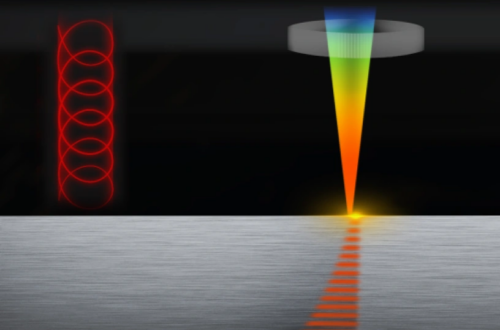Atmospheric Pressure Definition: What It Is and How It Works
Atmospheric Pressure Definition: What It Is and How It Works
Understanding the atmospheric pressure definition is essential for grasping how our planet’s weather systems operate. In simple terms, atmospheric pressure refers to the force exerted by the weight of air molecules in the Earth’s atmosphere on a given surface area. This invisible force plays a crucial role in daily weather forecasting, aviation, and even human health.
What Is Atmospheric Pressure?
Atmospheric pressure, often measured in units like Pascals or inches of mercury, results from the gravitational pull on air masses. At sea level, standard atmospheric pressure averages about 101.3 kPa, but it decreases with altitude due to fewer air molecules above. This phenomenon explains why mountain climbers may experience difficulty breathing at high elevations.
How Atmospheric Pressure Works
The mechanics of atmospheric pressure involve the collision of air molecules with surfaces. When molecules are densely packed, such as in low-altitude regions, pressure increases. Conversely, lower density at higher altitudes leads to reduced pressure. Meteorologists use barometers to track these changes, which help predict weather patterns like storms or clear skies.
Factors Influencing Atmospheric Pressure
Key factors include temperature, altitude, and humidity. Warm air rises, creating low-pressure zones often associated with precipitation, while cool air sinks, forming high-pressure areas that typically bring stable weather. Understanding these dynamics aids in interpreting weather maps and forecasts accurately.
Why Atmospheric Pressure Matters
From aviation safety to scuba diving, atmospheric pressure impacts numerous activities. Pilots rely on pressure readings for altitude adjustments, while divers monitor pressure to avoid decompression sickness. Additionally, shifts in pressure can affect joint pain in some individuals, highlighting its relevance to daily life.
Frequently Asked Questions
How is atmospheric pressure measured?
It is commonly measured using a barometer, with units like millibars or inches of mercury.
What causes changes in atmospheric pressure?
Variations arise from temperature fluctuations, weather systems, and altitude changes.
Can atmospheric pressure affect health?
Yes, some people report headaches or joint discomfort during rapid pressure changes.
Take Action Today
Ready to dive deeper into weather science? Explore our detailed guides to master atmospheric concepts and apply them in real-world scenarios. Click here to access expert resources and tools!


